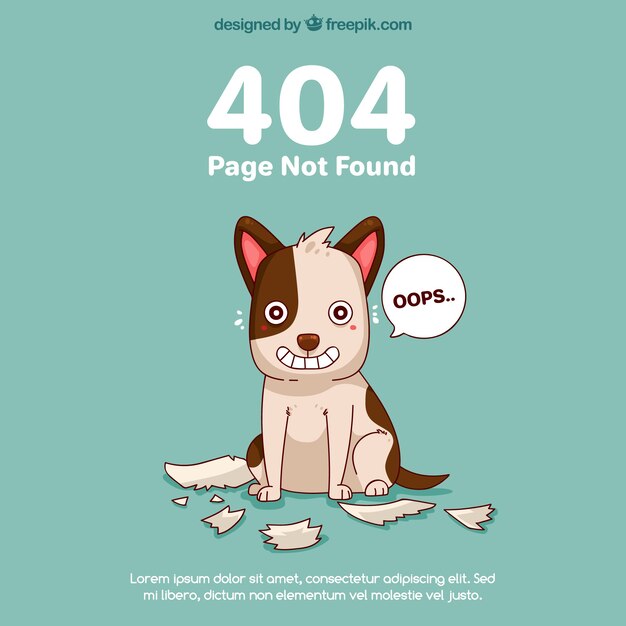

10 Signs Your Dog Has Separation Anxiety
Separation anxiety is a pretty common problem in dogs. Figuring out if your dog has it is the first step to handling it. Here are 10 signs your dog might have separation anxiety, along with some tips on how to manage it.
You’re Not Alone
First off, it’s important to remember that you’re not alone. Close to 80% of dogs feel stressed when they’re left alone, so it’s not something you caused by doing anything wrong.
1. Constant Barking or Howling
One of the most noticeable signs is if your dog barks or howls when you leave. They might sit by the window and howl or bark persistently when in their crate. The key point is that this behavior happens only when they’re alone.
2. Pacing
Another sign is pacing. Some dogs walk back and forth near the door, while others might follow a specific pattern around the house. This only happens when you’re not there.
3. Indoor Accidents
If your dog usually knows where to do their business but has accidents inside only when you’re away, it’s likely due to separation anxiety.
4. Excessive Drooling and Panting
Extra drooling and panting can be signs of anxiety, and dogs with separation anxiety often show these behaviors.
5. Restlessness
Your dog might have trouble settling down when left alone. If they keep getting up, looking out the windows, or seem unable to relax, they’re probably feeling anxious.
6. Attempts to Escape
In severe cases, dogs will try to escape from wherever they are confined—this could mean chewing through doors or trying to break windows, which can lead to injuries.
7. Destructive Actions
Some dogs chew on furniture or dig at the walls when left alone. If these destructive behaviors only happen when you’re not around, it’s likely due to separation anxiety.
8. Clinginess
A dog with separation anxiety might stick close to you when you get home. While clinginess alone doesn’t always indicate anxiety, if your dog is especially clingy right after you return, they might be struggling with anxiety from your absence.
9. Nervousness When You’re Getting Ready to Leave
Dogs can sense when you’re about to leave home. If your dog starts getting nervous when you’re preparing to go out, it’s a sign of separation anxiety.
10. Over-the-Top Greetings
We all love being greeted by a happy dog, but if your dog gets so excited that they pee or tremble when you return, they might have separation anxiety.
What to Do Next
If you suspect your dog has separation anxiety, the next step is to create a management plan. While it’s not something that will be fixed overnight, there are ways to help your dog feel more comfortable when you’re not around. For severe cases, like when your dog tries to escape, it’s best to consult a professional trainer.
For more detailed tips, check out our full article on managing your dog’s separation anxiety.





